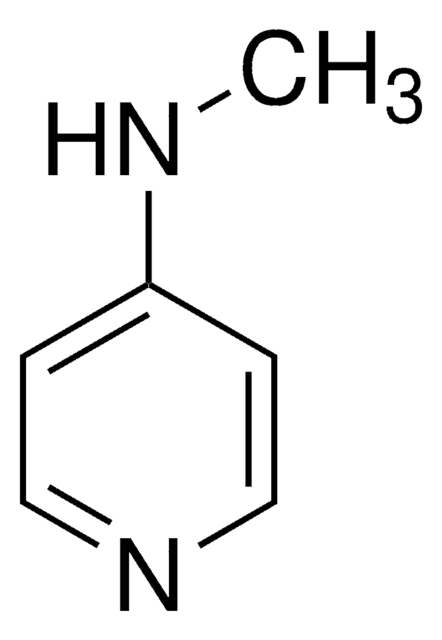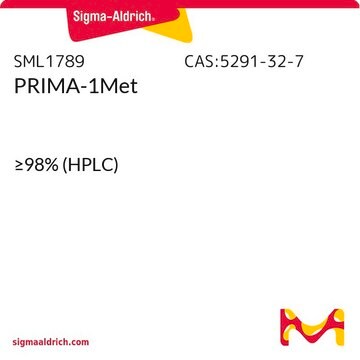Kluczowe dokumenty
SML3509
F13714
≥95% (HPLC)
Synonim(y):
(3-Chloro-4-fluorophenyl)-(4-fluoro-4-{[(5-methyl-6-methylaminopyridin-2-ylmethyl)amino]methyl}piperidin-1-yl)methanone, 1-(3-Chloro-4-fluorobenzoyl)-4-fluoro-N-[[5-methyl-6-(methylamino)-2-pyridinyl]methyl]-4-piperidinemethanamine, F 13714, F13714
About This Item
Polecane produkty
Poziom jakości
Próba
≥95% (HPLC)
Formularz
powder
kolor
white to beige
rozpuszczalność
DMSO: 2 mg/mL, clear
temp. przechowywania
2-8°C
Działania biochem./fizjol.
Kod klasy składowania
11 - Combustible Solids
Klasa zagrożenia wodnego (WGK)
WGK 3
Temperatura zapłonu (°F)
Not applicable
Temperatura zapłonu (°C)
Not applicable
Wybierz jedną z najnowszych wersji:
Certyfikaty analizy (CoA)
Nie widzisz odpowiedniej wersji?
Jeśli potrzebujesz konkretnej wersji, możesz wyszukać konkretny certyfikat według numeru partii lub serii.
Masz już ten produkt?
Dokumenty związane z niedawno zakupionymi produktami zostały zamieszczone w Bibliotece dokumentów.
Nasz zespół naukowców ma doświadczenie we wszystkich obszarach badań, w tym w naukach przyrodniczych, materiałoznawstwie, syntezie chemicznej, chromatografii, analityce i wielu innych dziedzinach.
Skontaktuj się z zespołem ds. pomocy technicznej








